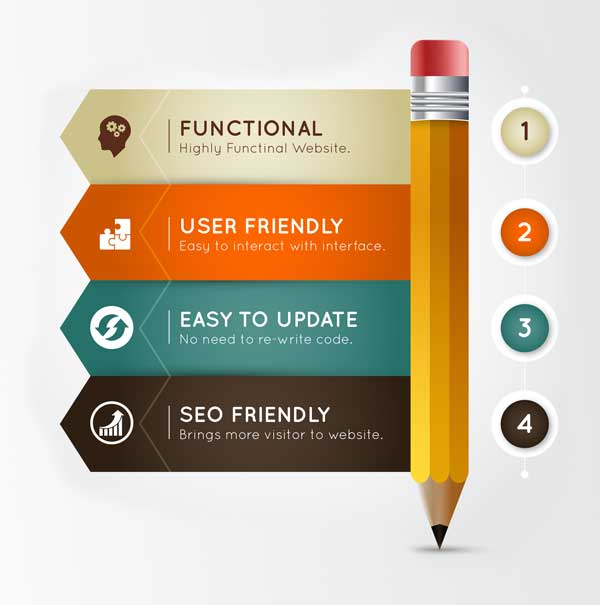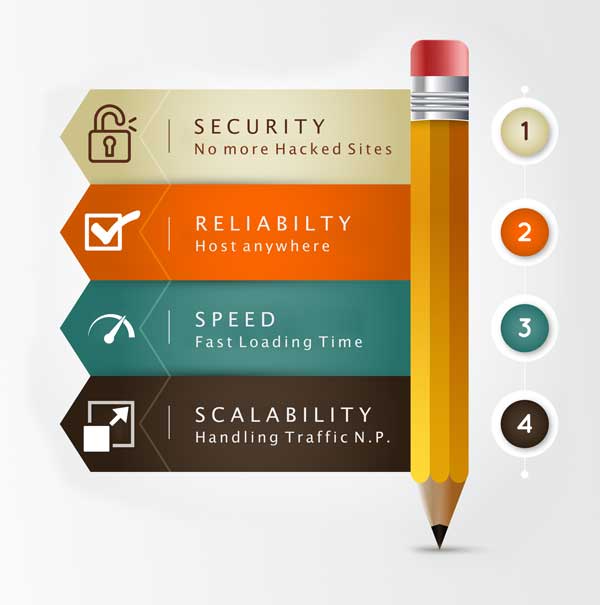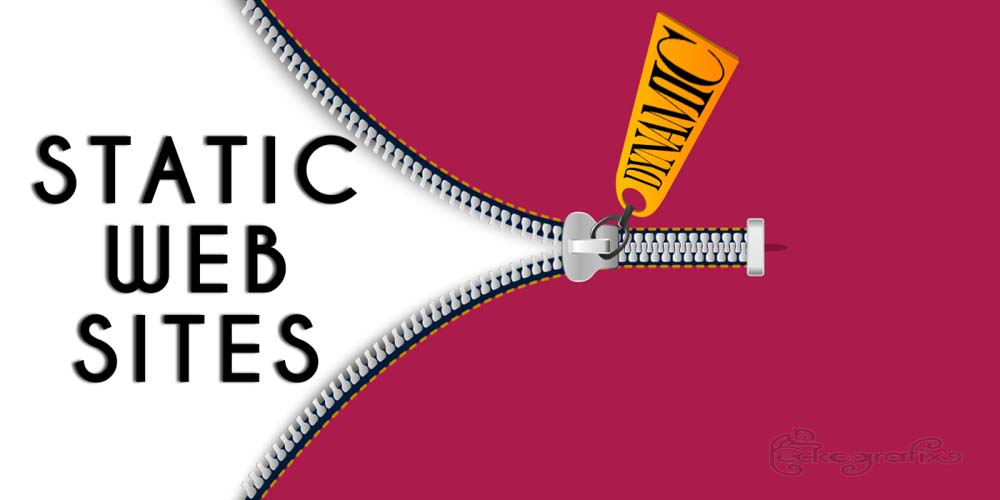The Difference of STATIC and DYNAMIC WEBSITES refer to how the content is generated when a user requests a page from the website. So first we need to know about What is Static and Dynamic Website.
What is Static Website?
A static website contains Web pages with fixed content. Each page is coded in HTML and displays the same information to every visitor. Static sites are the most basic type of website.
A static site can be built by simply creating a few HTML pages and publishing them to a Web server.
What is a dynamic Web site?
A website, or individual web page, can be static or dynamic. A dynamic website contains information that changes, depending on the viewer, the time of the day, the time zone, the viewer’s native language, and other factors. For example, the Computer Hope main page is a dynamic website that automatically changes daily.
Static vs Dynamic Creation:
Developers generally create static pages with HTML, but use languages like PHP, JavaScript, or Action script to create dynamic pages. They can also use frameworks like Ruby on Rails, PHP or Flex for dynamic pages. Dynamic languages and frameworks also have the technical capacity to create static Web page content.
Most Important Differences:
In static – the theme and content of web pages remained fixed
Dynamic – they changed according to run time.

Static – Browsing and loading of a website are a lot quicker than dynamic web pages.
Static – Changing the content is a difficult task because you have to develop and upload a new page.
Dynamic – Server Applications do this AUTOMATICALLY.
Static – File Extension of a URL is in .htm or .html.
Dynamic – File Extension of URL is in .php, .asp and .jsp.
Static – Created through HTML (Hyper Text Markup Language)
Dynamic – Created by the usage of PHP, JavaScript and Action script languages.
Static – Plan is an easy and cheap method if you wants to create non updating web pages.
Dynamic – Method is advisable if you have plan to update the content and material frequently.
What are the Advantages and Disadvantages of having a Static Website?
Advantages:
Generally cheaper to implement on a smaller scale if fewer pages are required.
Good for smaller companies as there is no need for any management system; it is the responsibility of one person
More flexibility is available, as you are not restricted to any template layout (although this can affect the usability of your website)
No change is required to your web hosting.

Disadvantages:
More expensive to maintain in the long term if updates are more frequent. This is because any changes have to be made to pages individually.
Not updatableby the Client, thus relying on the Web designer to edit.
Increased risk to business, as the person with web skills could fall ill or leave, meaning that the website can no longer be maintained without complications.
Management is restricted to one machine. If changes need to be made then this is only possible where the editing tool is installed
Website editors need significant training and skills to develop the website to modern day standards and practices. This is time consuming, expensive and ongoing.
What are the advantages and disadvantages of having a Dynamic website?
Advantages:
Restructuring of dynamic websites is easier, thus ensuring its longevity.
Can be developed/amended/added to as and when required.
Access to be able to content manage the website from any computer, anywhere in the world (that has Internet connection)
Website content contributors/editors only need basic content editing skills
Multiple user access for updating/content managing. The amount of access can also be setup.
A Dynamic Website allows you to archive past material on a certain date or allows an item to be published or removed at a certain date automatically.
As the content is held within a database it allows the user to search the database for content, also a site map is automatically generated as content is added.
Disadvantages:
For smaller companies a Dynamic website might be too expensive or seen as unnecessary so the investment might not be justified.
Slightly longer initial development time.
Cost of implementing training of Content management system to Client/Staff.
Additional features available by implementing a dynamic website:
By constructing the website with dynamic capabilities it opens up a wide range of possibilities such as:
- Online booking
- E-Newsletter (subscription and distribution)
- On-line photo galleries
- E-commerce
- Voting/Polls
- Forums/Message Boards
But of course we are here to help.
Contact Us
